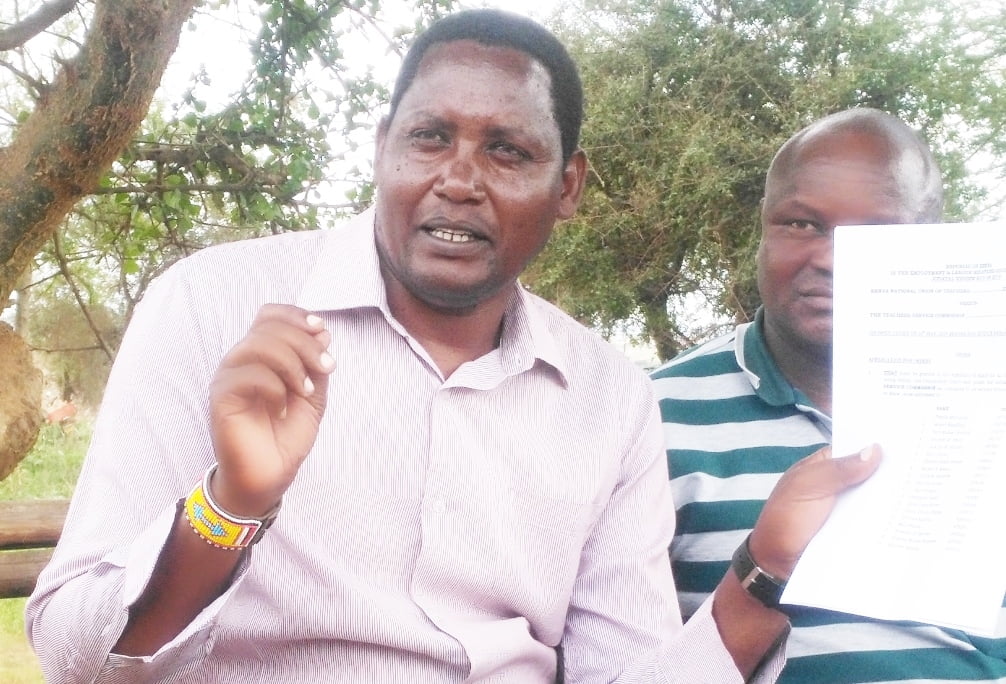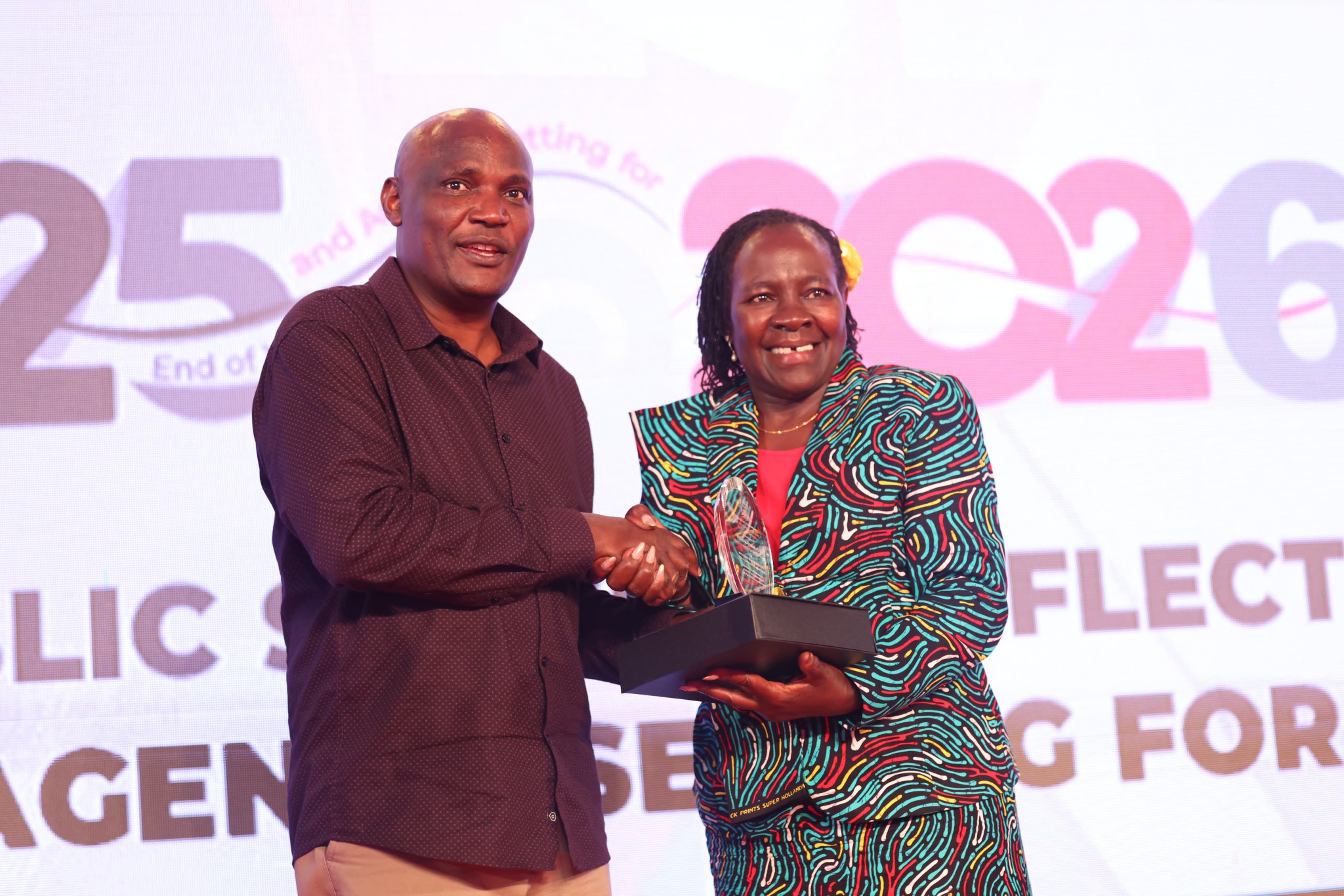The Ministry of Education schools and learners audit has uncovers 87,000 ghost learners as 44,495 schools across the country cleared for capitation amid data verification drive.
The MoE revealed the discrepancies during a nationwide verification of Basic Education institutions, with an Auditor General’s report showing that falsified enrolment figures have cost the country more than KSh4 billion over the past four years.
Education Cabinet Secretary Julius Ogamba confirmed that thousands of fictitious learners and non-existent schools have been flagged in the ongoing exercise, warning that those responsible will face sanctions.
“We have so far uncovered 87,000 ghost learners in public schools. The government will take action against individuals who inflated enrolment figures. Heads must roll,” Ogamba said.
He clarified that schools with major discrepancies are being physically inspected before punitive action is taken.
“We do not want to condemn people falsely,” he said, adding that nearly Sh1 billion remains unreleased because the reported figures do not match ministry records.
“That would indicate that previously, there could have been numbers higher than they should have been. Once we correlate that, we hand it over for confirmation. Those unable to explain discrepancies will face consequences. We are a country governed by rules,” Ogamba said.
He added that the verification has revealed deliberate inflation of enrolment figures in some schools, with the Ministry preparing to hand over the findings to investigative agencies while continuing to review and verify the data internally.
Ogamba noted that the ministry also sends teams to inspect schools whenever discrepancies are detected.
ALSO READ:
KEPSHA, KNUT oppose JSS teachers’ elevation to administrative role, cite lack of experience
“We do not want to incriminate people wrongly,” he said, noting that the audit aims to clean up school data and seal loopholes that have led to misuse of public funds.
The revelations expose systemic weaknesses in monitoring, with only 600 Quality Assurance Officers and 200 auditors overseeing more than 53,000 basic learning institutions. Limited transport has also hindered oversight in remote areas.
As of November 10, 246 primary and 102 junior schools had not submitted updated enrolment data, although all secondary schools have been cleared. State Department for Basic Education Director General Elyas Abdi said schools with questionable data will be isolated and physically inspected once verification ends.
Basic Education Principal Secretary Julius Bitok urged head teachers to ensure their records are accurate.
“The verification exercise is set to confirm the number of students, the number of schools, and the status of our schools. The process has moved on smoothly. This will ensure that starting next term, we receive our capitation on time, without any delays,” Bitok said.
Ogamba insisted that the over-enrolment is far lower than some claims.
“They are about 87,000 so far. But verification must be thorough to eliminate errors,” he said, noting that the official audit findings have been postponed for the fourth time since the exercise began on September 5, 2025.
Even though the ghost learners have been earmarked, the head teachers have maintained that they should not be blamed prematurely, pointing to problems with the National Education Management Information System (Nemis).
“There was a problem in Nemis. When we uploaded learner numbers, the capitation we received was always lower. Those errors did not come from us,” Fuad said.
He, however, added that the shift to the Kenya Education Management Information System (Kemis) has largely resolved the issues.
“We support verification. We want accurate data and timely capitation when schools reopen,” he said.
By Juma Ndigo
You can also follow our social media pages on Twitter: Education News KE and Facebook: Education News Newspaper for timely updates.
>>> Click here to stay up-to-date with trending regional stories
>>> Click here to read more informed opinions on the country’s education landscape






